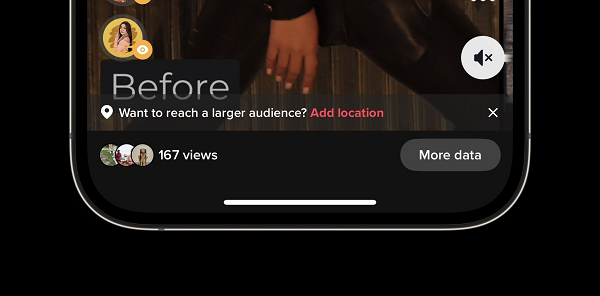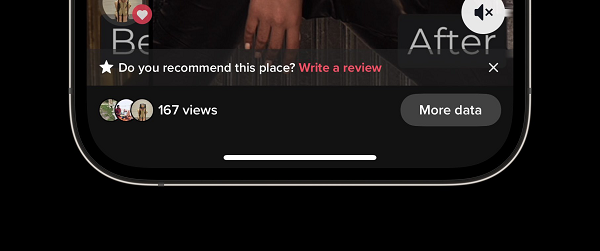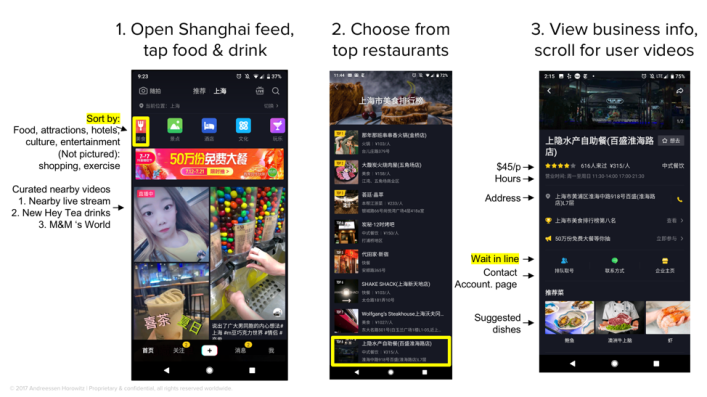TikTok’s looking to build on its business discovery potential, by prompting users to add a location, and share their experiences with brick-and-mortar stores in the app.

As you can see in this screenshot, posted by Ahmed Ghanem, TikTok’s now trying to get more users to add a location to their posts by luring them with, potentially, more reach for their clips if they do.
And if the location that they add happens to be a business, TikTok’s also testing new in-app prompts to get users to add a review in-app.

Which could be another step towards building its discovery potential – and with Google noting that some 40% of young people already use TikTok and Instagram to search for restaurants, as opposed to Google Search, that could be a big opportunity, if TikTok can build this out in-stream.
Indeed, the Chinese version of TikTok, Douyin, is already being used as a key search engine for restaurants and places of interest.

As noted by Andreesen Horowitz back in 2019:
“Since many Douyin videos are geo-tagged and automatically categorized into buckets – restaurants, tourist attractions, hotels, culture, entertainment, shopping, exercise – users can browse them to find interesting places to visit and things to do. Businesses are also able to attract new customers by supplementing Douyin with basic information, waitlist support, and coupons.”
As noted in that last sentence, that could open up a range of additional business opportunities in the app, and it does now seem that TikTok will be looking to replicate this, in the hopes of building out its discovery tools, and becoming a bigger consideration for more brands.
Which, given the looming ban talks in the US, could be a hard sell right at this minute. But TikTok, of course, is building for the future, in the hopes that a ban isn’t enacted, and it could be that the platform does indeed become a bigger discovery engine as a result, which would make it a more critical connective app for its primarily young user base.
For restaurants, nightclubs – for a broad range of businesses, this could be an important shift, especially as TikTok looks to build on these tools with in-app prompts like this, which urge users to add more contextual data.
Essentially, TikTok’s next stage could see more storefront businesses having to consider building their presence in the app in order to maximize opportunities.
It’s not as essential as Google in this respect as yet, but if it catches on, it could well become a much bigger focus in the near future.



